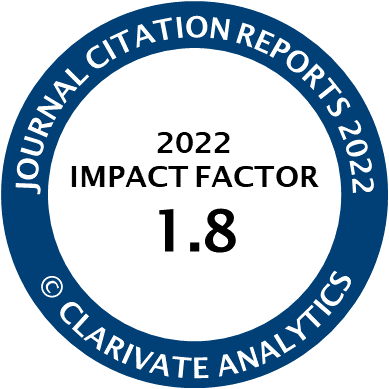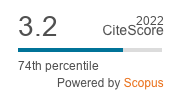Article | Open Access
Conservation of Beirut’s Urban Heritage Values Through the Historic Urban Landscape Approach
| Views: | 2210 | | | Downloads: | 2337 |
Abstract: Cities are complex urban systems with dynamic transformations in their socio-economic and environmental dimensions. Several studies have shed light on the fragility of the urban heritage and the strategies of its conservation. The historic urban landscape (HUL) approach is a new framework adopted by UNESCO to deal with urban heritage. This article aims to apply the HUL approach to the rehabilitation and management of Beirut historic neighbourhoods impacted by the massive Beirut port explosion, focusing on Armenia Street in the Mar Mikhael neighbourhood as a case study. The application of the HUL framework allows for the re-evaluation of heritage not as an individual physical form but as an urban fabric interconnected to the city, inclusive of its cultural, social, architectural, and urban layers. The article investigates the application of the four tools identified within HUL recommendations—(1) regulatory systems, (2) community engagement, (3) planning, and (4) financial tools—by proposing implementation strategies in the assessment of urban heritage to mitigate major risks. The result reveals that cooperative efforts among private and public stakeholders can play a vital role in the development of Beirut heritage, acting as catalysts for urban heritage conservation. Strategies for establishing a new legislative framework that is focused on protecting Lebanese cultural heritage and ensuring sustainable adaptation planning are highlighted.
Keywords: Beirut; collaborative tools; historic urban landscape; intangible heritage; tangible heritage; urban lab
Published:
© Ibtihal Y. El-Bastawissi, Rokia Raslan, Hiba Mohsen, Hoda Zeayter. This is an open access article distributed under the terms of the Creative Commons Attribution 4.0 license (http://creativecommons.org/licenses/by/4.0), which permits any use, distribution, and reproduction of the work without further permission provided the original author(s) and source are credited.




